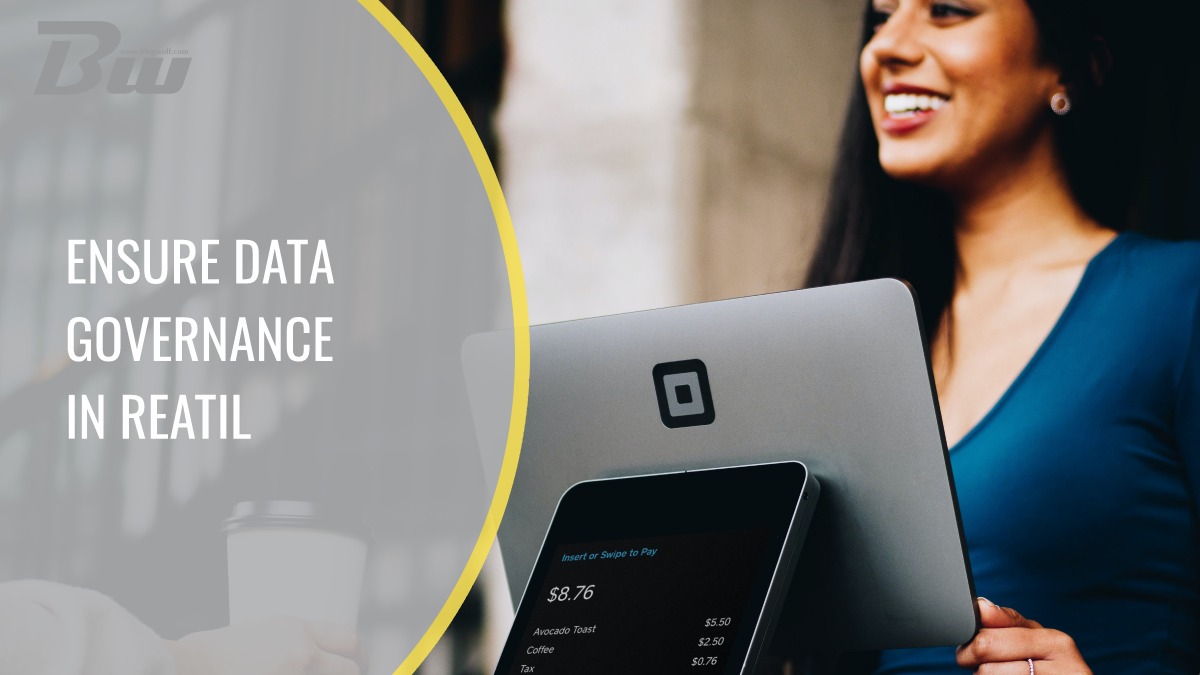Table of Contents
Retailers face many challenges when it comes to managing data and protecting consumer privacy. As an organization grows, so do its data holdings. It becomes increasingly difficult to maintain an effective governance strategy.
While retailers are investing heavily in data science, many are not applying the same level of rigor to data governance—the process by which they protect the integrity of their data and the way they use it.
Data governance is often seen as an afterthought, with an eye on the future rather than the present. Yet, if your business is not data-driven, you are in trouble. While most retailers are familiar with data governance practices for their core data assets, these efforts can quickly break down when the data is scattered across numerous systems.
If you want to run a successful retail business, you need to ensure that your data is in compliance with both local and federal regulations. But without proper oversight, you may be exposing yourself to fines and liability.
The world of retail data governance has been evolving rapidly in the past few years. We’re now dealing with more than just data storage—we also have to consider the potential for data misuse and privacy breaches, and the challenge of retaining data for long periods of time.
The retail industry is notorious for its lack of data governance. But what are the real costs and risks of not having data governance, and what can retailers do to rectify these issues?
1. Build a Data Team

To be successful, data governance requires building a team with the skills needed to protect your company’s data assets. While there are many skill sets required, it typically involves a combination of technical, analytical, data management, and business leadership experience.
To ensure that your data governance system is working to protect your organization, it must be built from the ground up. With your Data Team in place, it is critical to provide regular training to build understanding and a common language regarding what data can be found, why it is needed, and the appropriate means to access the data.
Once the team understands what the business needs, and how to fulfill those needs, they can begin to implement a process that will keep your data safe and ready to serve the business.
2. Set a Data Management Strategy

You’ve got to start somewhere. If you’re not using data for decision-making in your business, you’re missing out on key opportunities. Once you have a strategy in place, you can use it as a guide for all the decisions that are made in your organization.
The first thing that retailers need to do is set a data governance strategy. A data governance strategy identifies what data is critical to the business and the controls that must be put in place to protect and manage it. It also includes the processes that will be used to track, store and control access to the data.
3. Establish a Data Governance Policy
In retail, data governance is defined as the ability to define and enforce policies that govern how your data will be used. By having clear policies, you can avoid situations where data is misused or lost.
To start off, you need to have a clearly defined plan that sets forth who is responsible for what kind of data and how it is used. Once you have set policies in place, you should be able to keep track of which data goes where.
4. Implement an Integrated Data Management System

One of the most important steps in ensuring data governance is to implement an integrated data management system. An integrated data management system is a set of tools that allows retailers to track customer data and keep all information safe. By implementing an integrated data management system, you can be sure that any personal or financial information you store is kept safe and secure.
An integrated data management system (IDMS) allows you to store all of your data in a single, secure location. This includes the physical data files, as well as all your analytics, reports, and business intelligence data. It provides a single view into your business, and it reduces the risk of losing critical data. You can also access this information in any time, any place.
5. Implement a Data Stewardship Program

To manage data governance, retailers need to set up a data stewardship program. The program will consist of a framework that includes a risk management plan, training, and procedures. It needs to be developed by a trusted third party who understands the specific risks associated with retail and data.
The program should include procedures for the following: creating and maintaining a risk profile of the retailer; developing, testing, and maintaining a risk and data governance policy; documenting all policies and procedures; establishing and maintaining procedures for data protection and privacy compliance; implementing data protection and privacy measures; and monitoring and evaluating compliance with the data governance program.
Final Thoughts
In conclusion, Retailers may use a combination of traditional data governance methods, like those used at financial institutions, and innovative approaches like mobile apps and the internet of things. This includes deploying technology, such as cloud-based software, to manage business operations.
It’s important for retail organizations to implement a strategy to achieve data governance because data governance is a critical part of any risk management program. By ensuring data governance practices are in place with tools such as Delphix, companies can reduce the risk of fraud and other risks that could impact the safety and security of consumer data.

